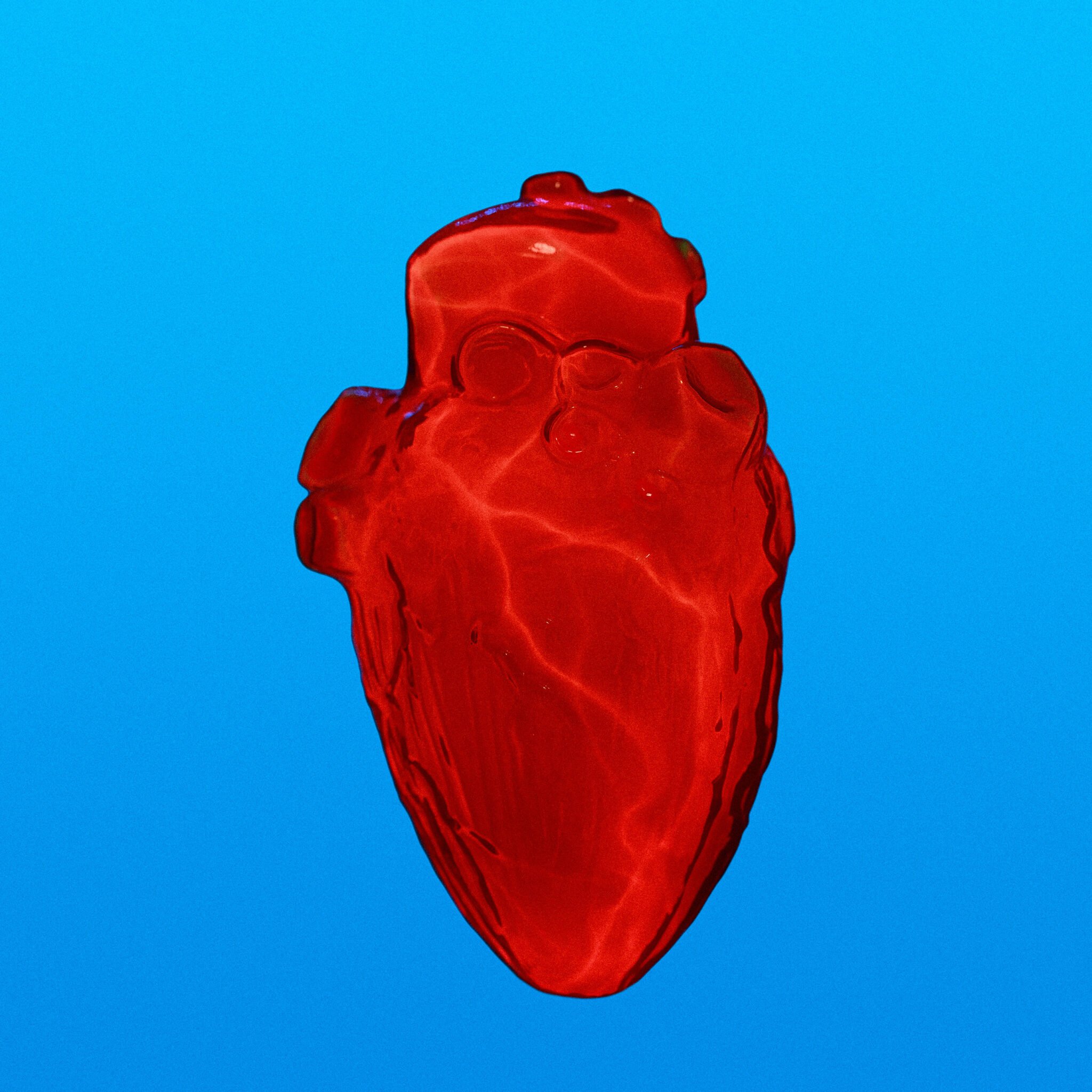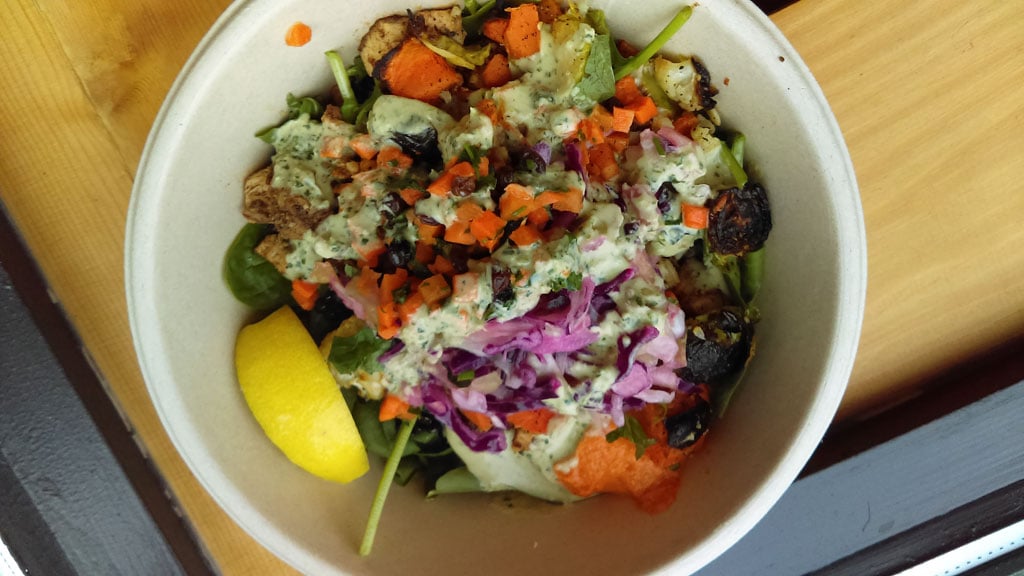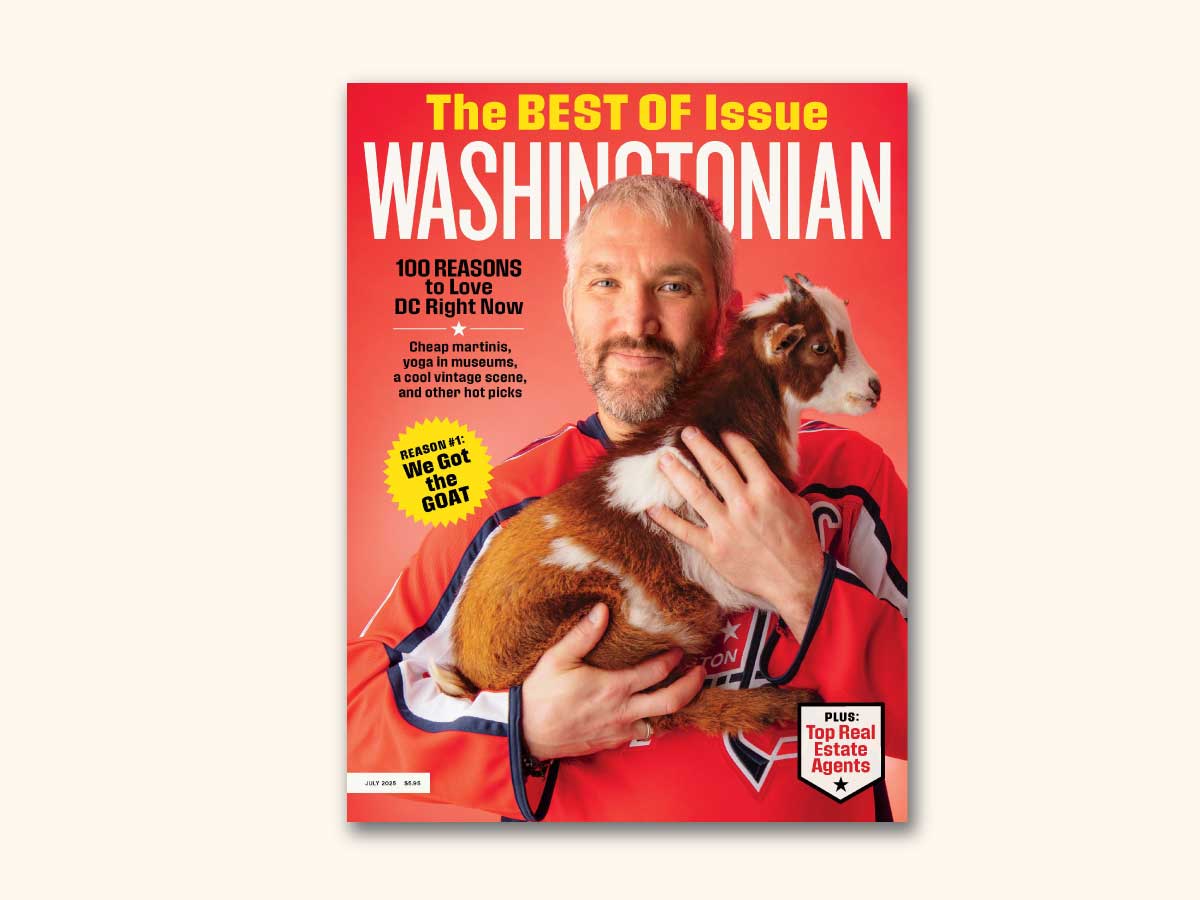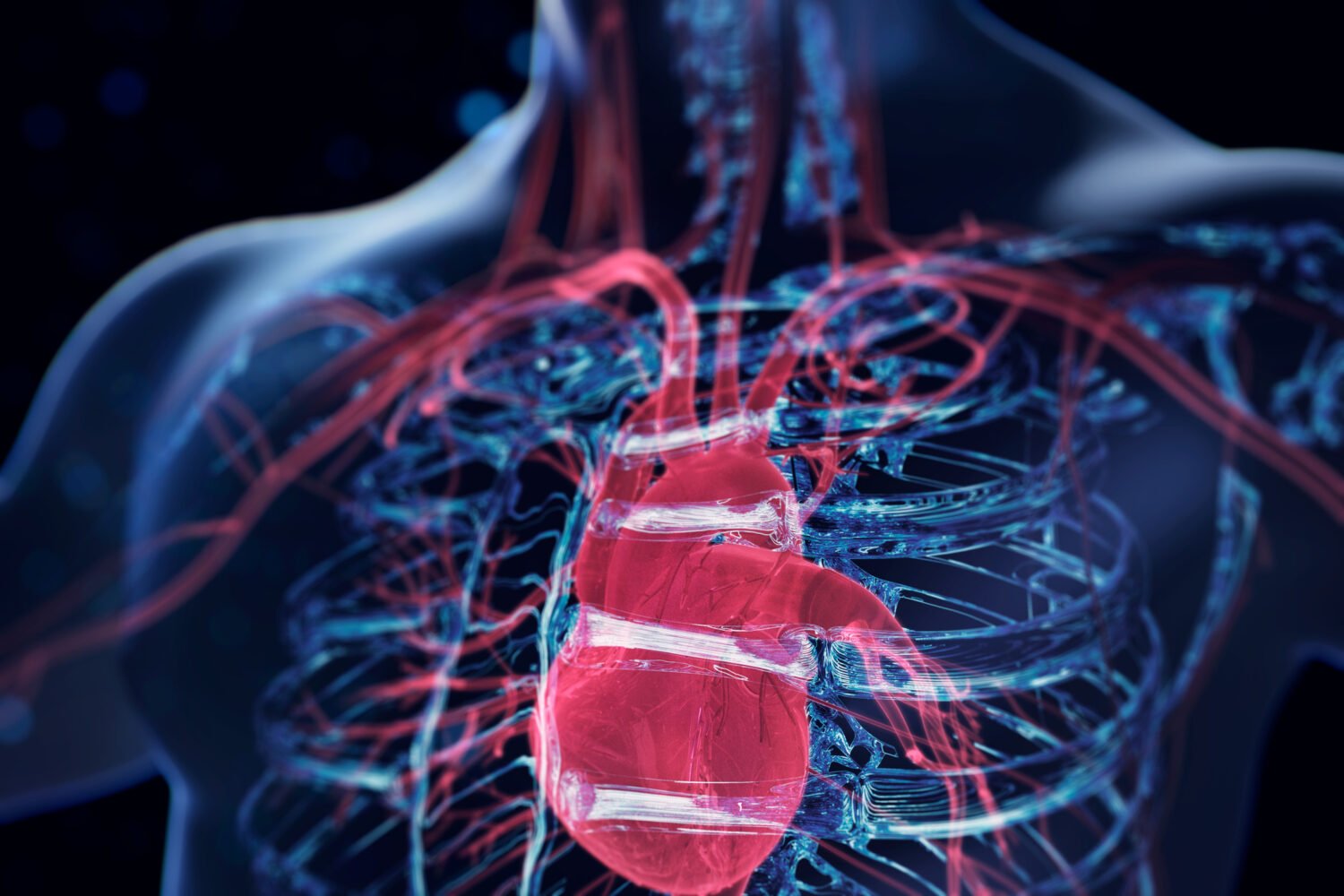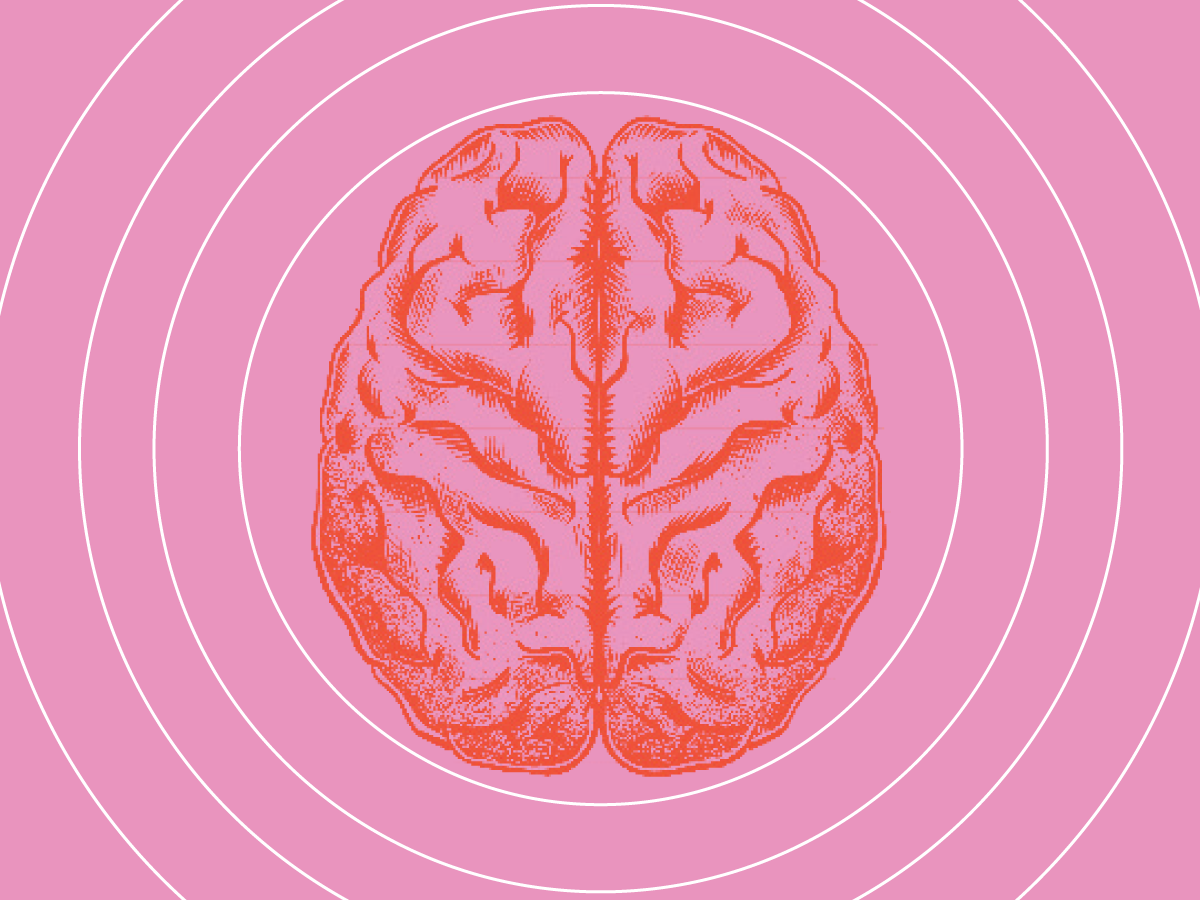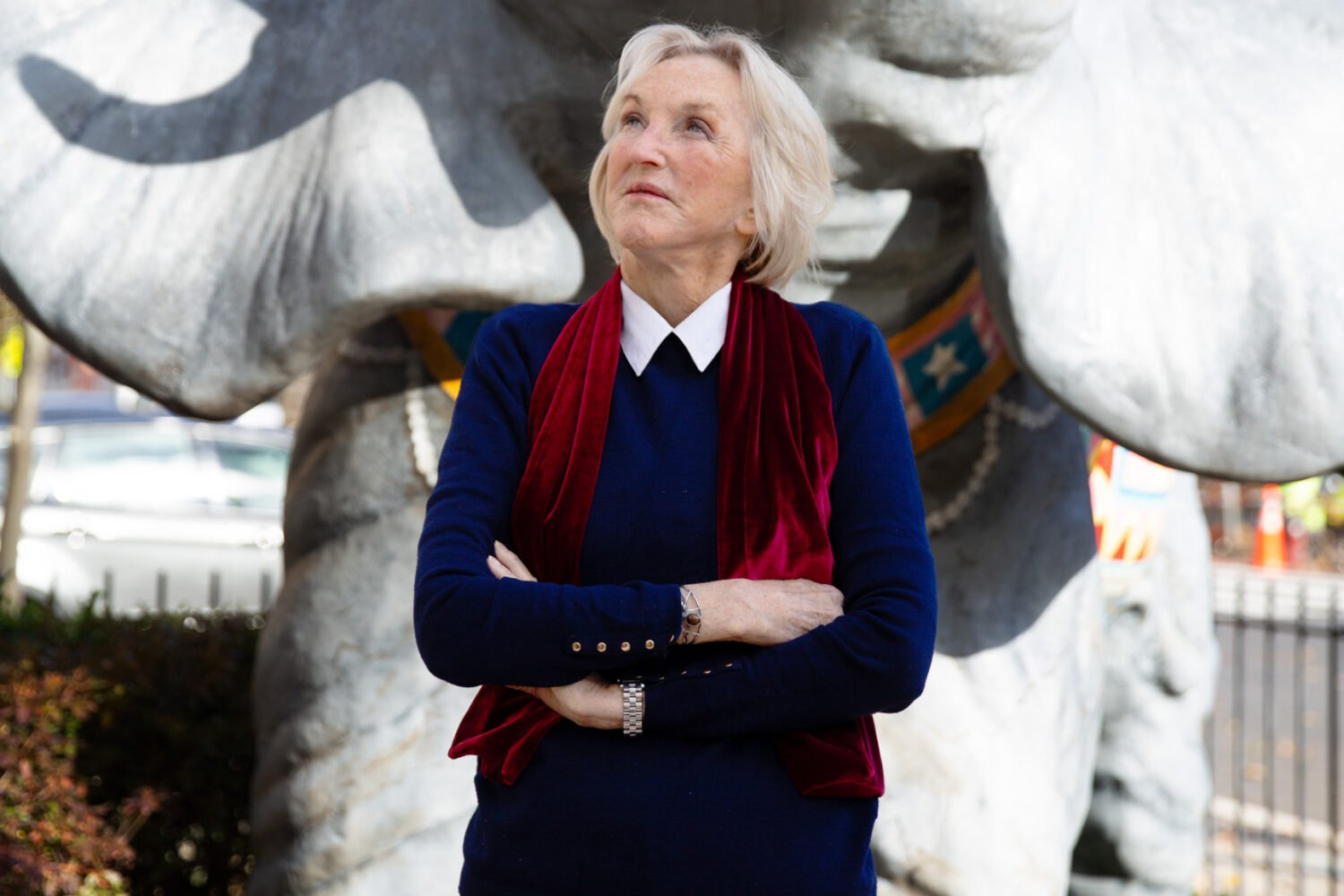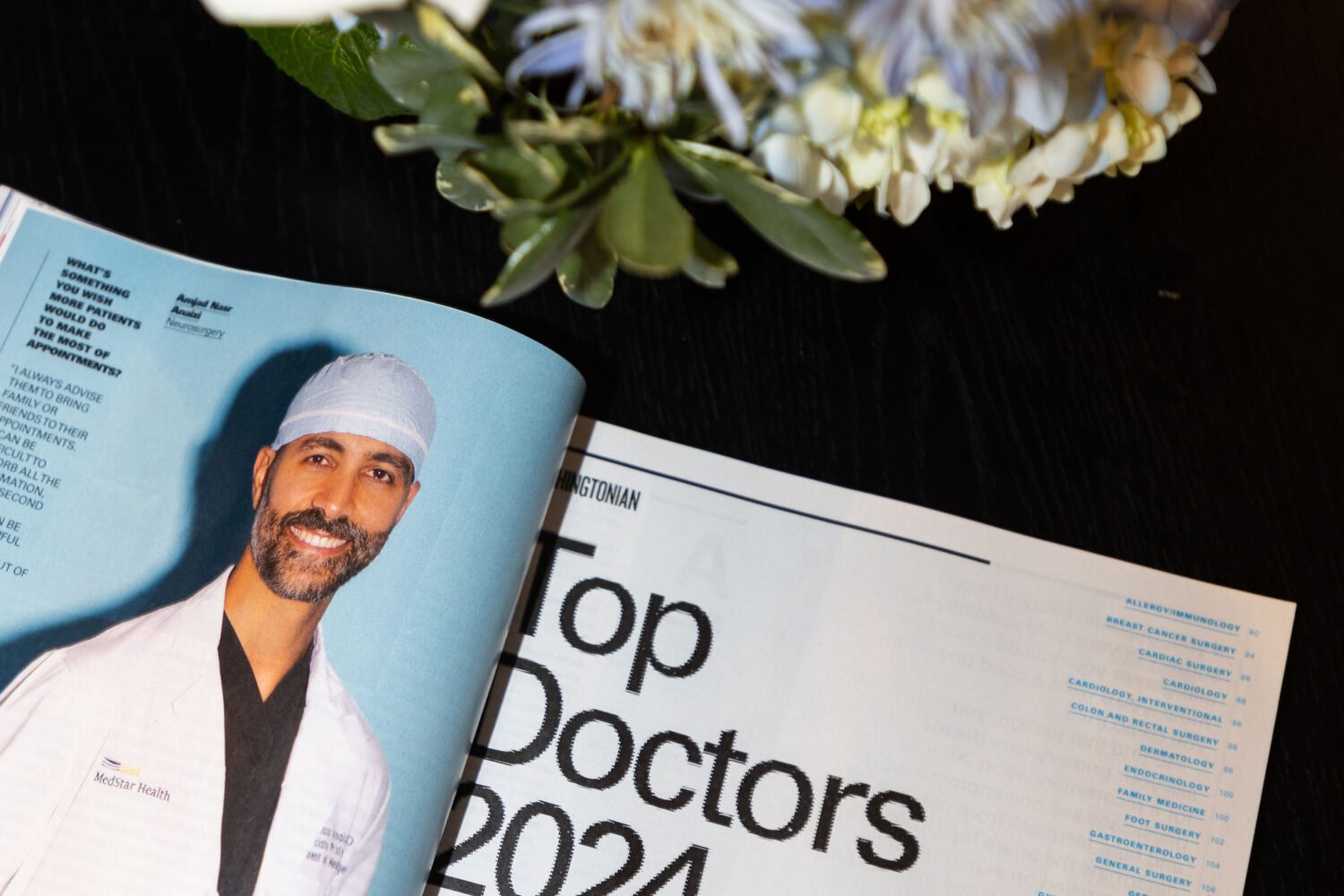Heart disease has been this country’s leading cause of death for more than a century, but according to the American Heart Association, fewer than half of Americans know how prevalent it is. In fact, says Fayaz Shawl, director of interventional cardiology at Adventist HealthCare in Silver Spring, people are often surprised to learn that more women die of heart disease than of breast cancer—or any cancer, for that matter.
Although cardiac fatality rates have decreased dramatically since 1950, they recently began to rise again. Fortunately, there are ways to help detect and prevent heart disease, including lifestyle modifications and new medical screenings. Here, local cardiologists share their best tips for taking care of your heart.
1. Know your family history.
One of the most predictive risk factors for heart disease is family history, says Casey Benton, chief of cardiology at Inova Fair Oaks Hospital in Fairfax. But not all such history is equally significant. For example, he says, the fact that a patient’s grandmother had a stroke at 94 is of less concern than the heart event of a first-degree relative—a parent or sibling—particularly if it occurred before about age 60.
“People with family history like that should be proactive and evaluated by cardiologists, or at the very least by their primary-care, by looking at other risk factors in their profile,” says Benton. Some of those factors? Smoking, diabetes, high blood pressure, high cholesterol, activity level, and body weight. The general rule, Benton says, is that patients need to start being hypervigilant about their heart health ten years earlier than when any of their first-degree relatives began experiencing issues. So if your mom had something happen at age 55, he says, be proactive in your forties.
2. Consider newer screenings and information.
There’s been increased interest recently among cardiologists in something called LP(a)—an unusually aggressive, high-risk cholesterol particle that raises the likelihood of heart attack or stroke. It’s genetic—either you’re born with significant levels or you’re not—and a blood test can screen for it. But, says Benton, cholesterol medications haven’t existed to fix it, so doctors typically didn’t test. Now several LP(a)-specific drugs in clinical trials look promising, so testing has become more relevant.
Another newer diagnostic growing in popularity, says Hampton Crimm, a cardiologist with Virginia Heart in Leesburg and Purcellville, is a coronary-artery calcium test—a CT scan that gauges whether the arteries contain any atherosclerosis, or plaque buildup. Crimm says it’s quick, can pick up things that traditional risk-factor modeling can’t, and may reveal information your family history leaves out: “We have a lot of new tests and labs we can use to individualize people’s risk. In this modern era, we’re able to home in more specifically, and that helps people make informed decisions.”
There’s no definitive timeline for when patients should begin this kind of testing, but Crimm suggests starting the conversation with your doctor around age 40, or earlier if your family history calls for it.
3. Maintain a healthy lifestyle.
Some ways to protect your heart haven’t really changed—namely, eating healthy and exercising.
When it comes to activity, Crimm recommends 150 minutes a week of “modest aerobic exercise,” which can include a walk, a light bicycle ride, or even gardening. “It doesn’t have to be intense,” he says. A healthy lifestyle also means avoiding smoking and maintaining a diet that’s good for you—he recommends a pesco-Mediterranean regimen that loads up on fish, vegetables and fruit, nuts, legumes, and whole grains, minimizing meats, fried foods, dairy, and sweets.
4. Exercise mindfully.
Though exercise can help prevent heart disease, Ankit Shah, founder and president of Sports & Performance Cardiology in Chevy Chase, cautions that a regular fitness routine doesn’t make people immune from cardiac problems. It’s still important to treat other risk factors as needed—including elevated cholesterol and blood pressure—and not to ignore subtle warning signs when working out.
“Many active individuals and athletes over the age of 35 will experience symptoms in the days leading up to a cardiac event,” Shah says. These include traditional symptoms like chest and jaw pain—but also more subtle ones such as the onset of heartburn with exercise, unusual chest aches, shortness of breath, or a drop in pace.
If you’re starting an exercise routine, Shah recommends easing in, focusing on creating the habit, then building up intensity and duration over time.
“The biggest thing is consistency,” he says, “but something is always better than nothing, so getting exercise one to two times a week is better than skipping the whole week.” He echoes the 150-minutes-a-week guideline: “The goal is at least 30 minutes, five days a week, of moderate intensity, which can be satisfied with a brisk walk. You do not need to run a marathon for heart health.”
5. Be careful with strenuous exercise in the cold–especially shoveling snow.
Wintertime poses an increased risk of heart attack, says Crimm, and perhaps no winter activity is more associated with heart attacks than shoveling snow. The risk is threefold: First, it’s a rigorous activity done by some people who may be fairly sedentary. Second, because of the cold, it’s easy to forget how strenuous the workout is or how high your heart rate is climbing, says Crimm. Finally, low temperatures cause blood vessels, including coronary arteries, to constrict, increasing the likelihood of an ischemic event—reduced blood flow to a part of the body such as the heart—says Aditi Bhagat, a cardiologist with Virginia Heart in Arlington.
To avoid a heart attack while shoveling, Bhagat says, first, you should pace yourself. Do it in ten-to-15-minute increments and shovel no more than an inch or two of snow at a time. Lift with the knees rather than the back, and use an ergonomically designed shovel with a long handle, which helps limit crouching down. It’s also crucial to stay warm—she recommends a scarf to protect the face.
“Making the body as warm as possible will help prevent the constriction of the arteries and alleviate the risk of a heart attack,” Bhagat says. She suggests stretching and warming up the muscles before shoveling, plus staying hydrated—people tend to get more dehydrated than they realize, she says, especially in winter.
Finally, avoid eating a big meal just before shoveling. Says Bhagat: “After you eat, the blood has a tendency to go to other parts of the body, such as the stomach, and it’s diverted away from the heart.” Shoveling prior to a meal is ideal, she explains, but if you can’t do that, wait two hours after eating. People with a history of diabetes, smoking, or coronary stents, Bhagat adds, should avoid shoveling altogether.
Benton compares the intensity of shoveling to stress tests conducted on patients in his office: “People think of shoveling snow as nothing, but it’s a pretty strenuous workout.”
The risk this time of year isn’t confined to shoveling. “It applies to all types of exercise in the cold,” says Bhagat. “People who are not exercising on a regular basis, I would not recommend exercising in the cold for the first time.”
6. Know the symptoms, and seek help immediately if you think you might be having a heart attack.
Symptoms of a heart attack include chest pain (which could be pressure, squeezing, burning, or tightness), jaw pain, sweating, lightheadedness, nausea, and palpitations. Women’s symptoms can be different, says Shawl, including subtler chest discomfort; weakness; fatigue; shortness of breath; upper-back, neck, or jaw pain; nausea or vomiting; and dizziness.
According to the American Heart Association, the fatality rate from heart attack has gone from one in two in the 1950s to one in 8.5 today—but time is crucial. “Heart attacks are not a death sentence,” says Benton. “They can be remedied quite well nowadays, with minimal long-term, lasting damage, so don’t hesitate to seek emergency care.”
This article appears in the February 2025 issue of Washingtonian.

